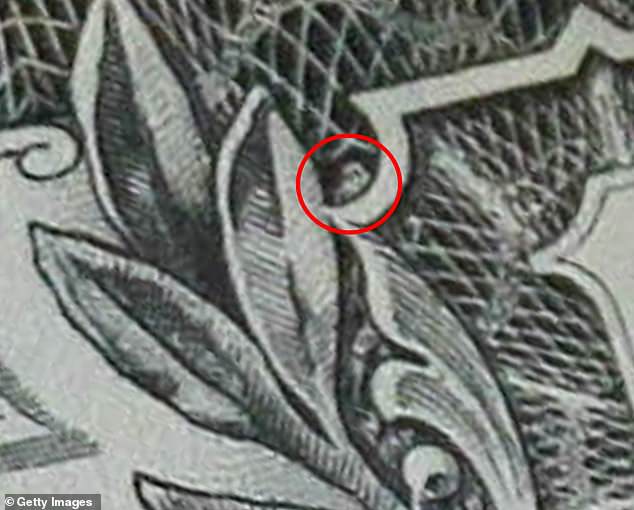
The Unsolved Mystery of the Tiny Hidden Symbol on Every U.S. Dollar Bill
The Mystery of the Dollar Bill’s Tiny Symbol
[Image: Close-up of the mysterious symbol above the ‘1’ on a dollar bill]
Tucked near the ‘1’ on the front of every U.S. dollar bill is a minuscule, enigmatic symbol. Smaller than a grain of rice, it sparks endless debate: Is it a spider? An owl? Or a cryptic nod to secret societies like the Freemasons or Illuminati?
First appearing nearly a century ago, the mark has never been explained by the U.S. Treasury. No designer claimed it, and no official records clarify its purpose. Experts suggest it’s simply part of the guilloche—a decorative, anti-counterfeiting pattern. However, its partially enclosed design sets it apart from other swirls, fueling speculation.
Theories Abound
Online, interpretations range from playful to conspiratorial. Reddit users joke it’s “Moloch, the owl god worshipped at Bohemian Grove,” while others insist it’s a spider or a Masonic emblem. Ralph Benko, a currency historian, humorously mused, “I fancy it as a tiny owl.” Financial institutions like Sunmark Credit Union list it among the dollar’s “hidden details,” reinforcing its mythical status.
Pareidolia at Play
Psychologists explain the phenomenon as pareidolia—the brain’s tendency to impose familiar shapes (like faces or animals) on abstract patterns. This evolutionary trait helped humans identify threats or allies but now fuels modern myths. Similar quirks explain “Jesus in toast” or “faces on Mars.”
Historical Context
[Image: Pyramid and all-seeing eye on the dollar bill’s reverse]
The $1 bill’s design, unchanged since the 1920s, is legally protected from updates. Iconic symbols like the pyramid and all-seeing eye (linked to Freemasonry) amplify conspiracy theories. Yet, no evidence ties the tiny front-side mark to secret groups—it remains an artifact of artistic flourish.
Why the Mystery Endures
Despite claims of spiders, krakens, or even “Jesus watching you spend money,” the symbol’s uniformity across bills confirms it’s intentional. Amateur sleuths dissect it online, but without official answers, imagination thrives. As Benko notes, the engraver’s secret—if there was one—“went to his grave.”
Ultimately, the mark endures as a testament to human curiosity. In a world of instant answers, some mysteries still hide in plain sight—no magnification required.
Word count: ~600


